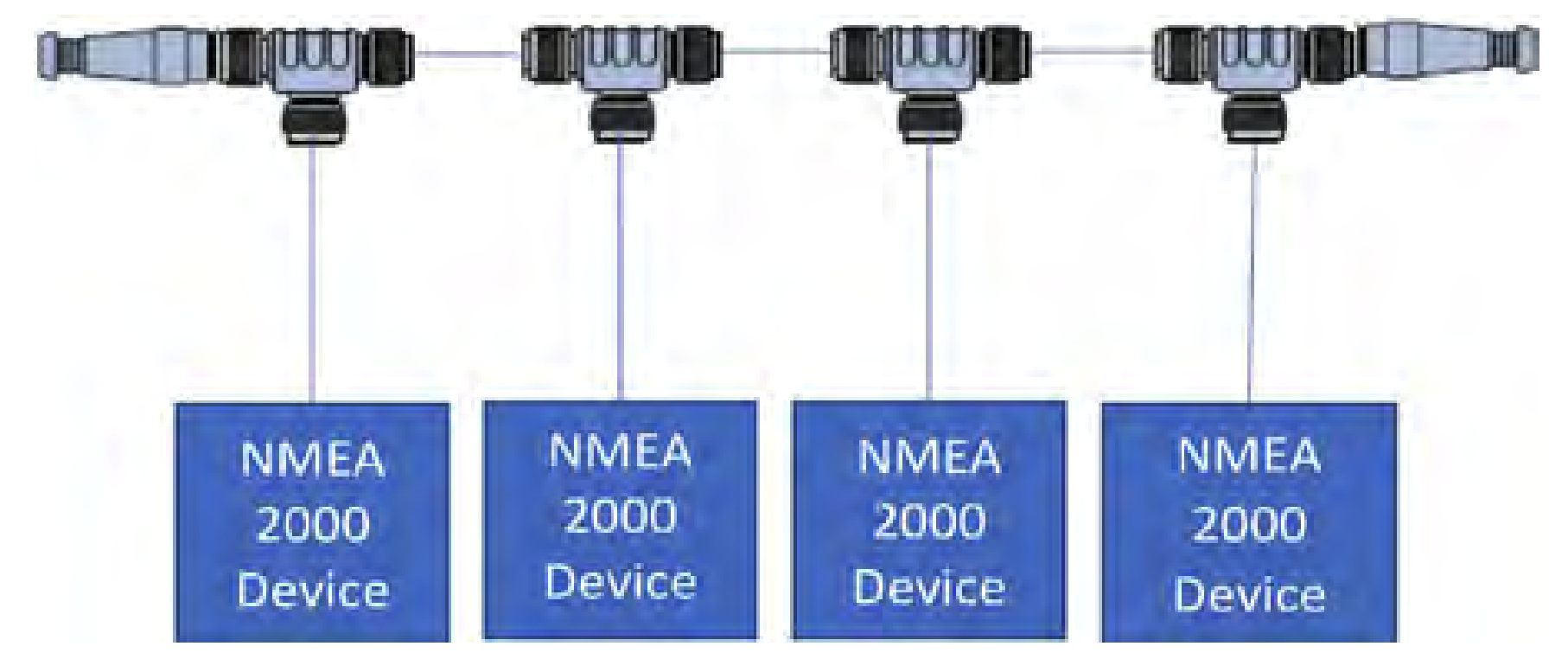Recent Posts
NMEA 2000 Product Certification Guarantees Quality and Interoperability for Marine Application Networks
Posted by on

The NMEA 2000 product certification is a mark of reliability, ensuring quality and interoperability for NMEA 2000 networks. It guarantees that a device supports a mandatory set of protocol services and hardware requirements. Developers can carry out the certification themselves or be supported by engineers with experience in NMEA 2000 certification.
NMEA 2000 is a protocol used in marine applications based on Classic CAN (Controller Area Network). It serves as the primary backbone for marine systems globally, allowing for the integration of navigation, propulsion, lighting, power, switching, and entertainment devices. The protocol operates at a bit rate of 250 kbit/s and supports a maximum of 50 physical devices on a single network. It is based on ISO 11783 (SAE J1939) and defines a series of standardized messages known as Parameter Group Numbers (PGNs), each with a unique identifier. These PGNs cover a wide range of applications within a vessel, including navigation, propulsion, and lighting.
The NMEA 2000 standard is built on top of the ISO basis, with the Fast Packet Protocol playing a crucial role. This additional transport protocol can transfer up to 223 bytes in up to 31 CAN CC frames, enabling efficient data transfer in NMEA 2000 networks. Larger vessels typically have one to three NMEA 2000 networks, each consisting of a backbone connected via T-pieces and drop cables to the devices. There is a 120-Ohm termination resistor at each end, an off-the-shelf component. The image above illustrates a typical installation for an NMEA 2000 network. In a micro NMEA 2000 network, all cables use the 5-pin M12 type connector.
Product certification ensures the quality and interoperability of NMEA 2000 networks by confirming that a device meets the mandatory NMEA 2000 protocol services and hardware requirements. This allows device manufacturers to declare that their product is NMEA 2000 certified and use the NMEA 2000 logo in their marketing.
The NMEA 2000 product certification process includes automated software tests and a self-certification process to verify hardware and other requirements. Both are outlined in Appendix C of the NMEA 2000 specification package, accessible from the NMEA.
Conformance testing and NMEA 2000 product certification ensure that protocol requirements are met but that devices are not necessarily interoperable with each other. This testing is necessary for an NMEA 2000 product.
The simpler devices are usually straightforward. However, vessels tend to have a multi-function display (MFD) to access information from NMEA 2000 devices and control aspects of the vessel. This MFD is one of the more complex devices on the vessel. Entertainment head units and remote controllers are other examples of complex devices that must integrate with the vessel's MFD and can often be challenging. The NMEA 2000 product certification process does not guarantee interoperability of new devices with these more complex devices, so additional testing is recommended.
For more information, see NMEA 2000 conformance testing and product certification by Dr. Chris Quigley of Warwick Control Technologies.
PICAN-M - NMEA 0183 & NMEA 2000 HAT For Raspberry Pi With SMPS
The PICAN-M (M = Marine) is a Raspberry Pi HAT with NMEA 0183 and NMEA 2000 connections. The NMEA 0183 port is accessible via a 5-way screw terminal. The NMEA 2000 port is accessible via a Micro-C connector.
The board comes with a 3A SMPS (Switch Mode Power Supply), allowing you to power the Raspberry Pi and HAT from an onboard power source.
 Loading... Please wait...
Loading... Please wait...

